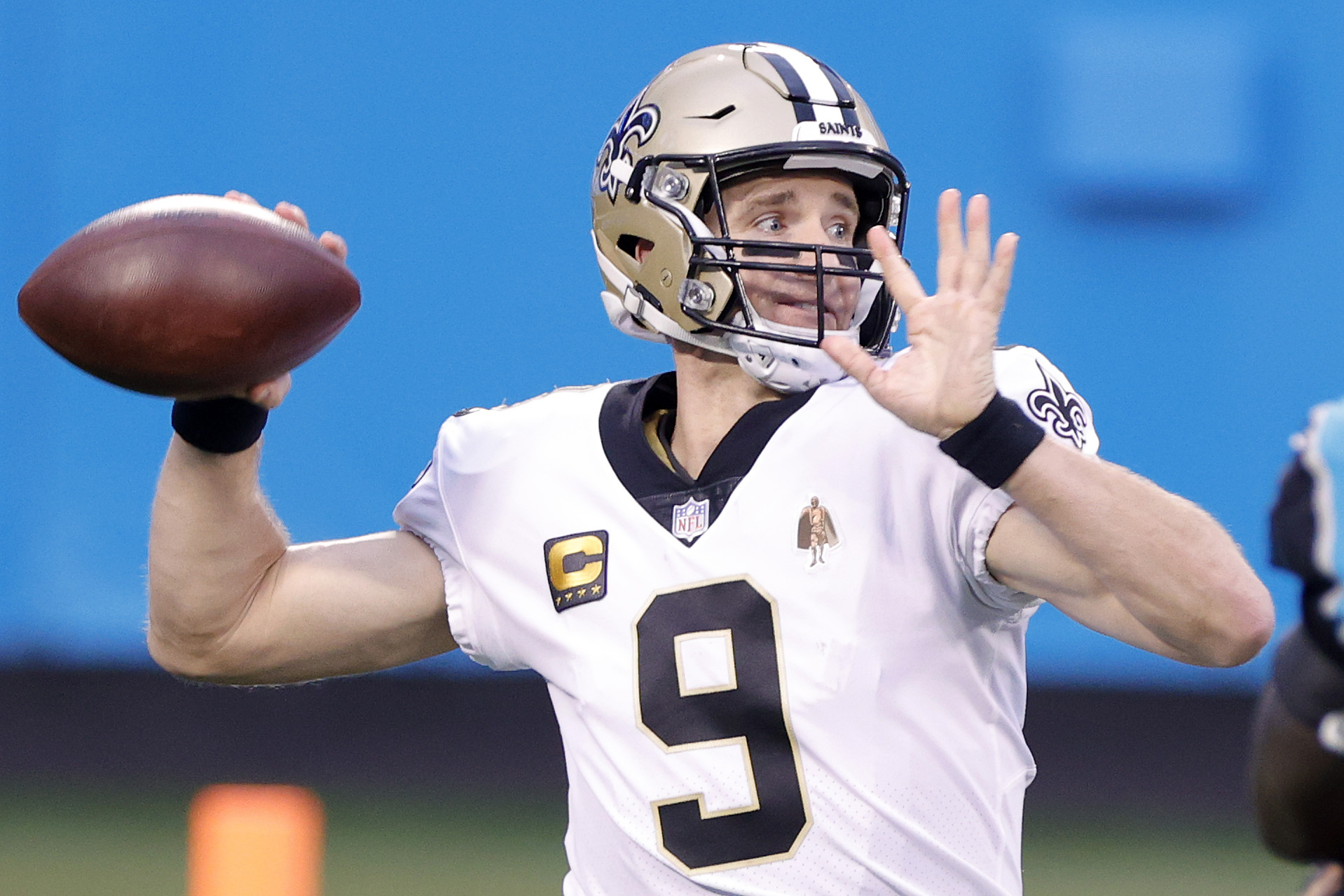NFL
Why Is a Quarterback Called a Quarterback in the NFL?

In today's NFL, the quarterback is the one man to whom a team will entrust their entire future. Even on a roster stocked with talent at every other position, a failure at quarterback can set a team back a decade. Conversely, a strong quarterback can raise a comparatively weak roster to the playoffs.
It wasn't always this way. In fact, the duties of the quarterback used to be far, far different.
Where did the name ‘quarterback' come from?
RELATED: Who's the Tallest Quarterback in NFL History?
The quarterback position dates back to the very earliest days of the sport when American football was a slight offshoot of rugby played exclusively at Ivy League schools.
Most historians credit Walter Camp as the man who single-handedly led the transition of the sport from rugby to a distinctly American game. According to the Pro Football Researchers Association, the most critical changes came at an October 1880 meeting of rugby-playing schools in Springfield, Massachusetts.
There, Camp established the fundamental rules of American football: 11 men per side instead of 15, the elimination of the “scrum” in favor of the “snap-back,” and most importantly of all, the basic structure of plays. As Camp wrote:
“A scrimmage takes place when the holder of the ball puts it on the ground before him and puts it in play while on-side either by kicking the ball or by snapping it back with his foot. The man who first receives the ball from the snap-back shall be called the quarter-back and shall not rush forward with the ball under penalty of foul.”
So ... why “quarter-back”? Because, in the most basic formation drawn up by Camp, this player was directly behind the “holder of the ball” (or “center”) and halfway behind the “half-back,” who himself was halfway between the quarterback and fullback. It's as simple as that.
The evolution of the NFL quarterback
In football's earliest days, the quarterback's duties were limited to transferring the ball to someone who could run with it and occasionally blocking. Passing the ball forward was not just an afterthought — it was outright illegal, just as it is in rugby. That would not change until 1906.
Despite this, the forward pass remained a rarity, especially in the first years of the new National Football League. It didn't help that until 1933, quarterbacks were required to be at least five yards behind the line of scrimmage before throwing a pass.
Innovative new offensive formations such as Clark Shaughnessy's T-formation drastically changed the nature of the quarterback position. Sid Luckman and the Chicago Bears used the formation to perfection in the 1940 NFL Championship Game, defeating the then-Washington Redskins 73-0. From then on, the T-formation became the template from which nearly every offensive system would be based.
How the quarterback became king of the roster

RELATED: The 5 Worst Quarterbacks In NFL History
Despite these innovations, the NFL remained a rushing and defense-centered league all the way into the mid-1970s. In 1977, teams called 14,650 running plays and 9,786 passing plays — a ratio of almost 3 to 2 in favor of the run.
Ten seasons later, teams called 13,491 pass plays and 13,189 run plays.
The agent of this change came in 1978. That offseason, the NFL came forward with some of the most sweeping and consequential rule changes in its history, designed purely to generate more offense. Among them, defensive backs could no longer make contact with receivers five yards beyond the line of scrimmage.
The results were dramatic. In 1979, 11 quarterbacks threw for over 3,000 yards. Not a single quarterback had managed to do so two years earlier before the rule changes came into effect.
Further rule changes in the following decades designed to protect quarterbacks and receivers have made the NFL a more pass-heavy league than it has ever been. The decade of the 2010s saw seven different quarterbacks pass for over 5,000 yards, with Drew Brees doing so four times. Before 2010, this had only been achieved twice.
Stats courtesy of Pro-Football-Reference.











